
Fly ash vertical mill is an advanced grinding equipment designed and developed by Tongli based on its many years of experience in the production of various mills. It is based on ultra-fine vertical mills and widely absorbs ultra-fine grinding theories at home and abroad. It can increase the fineness of fly ash to 300-425 mesh (44-37 microns). The equipment has a drying function, which can reduce the moisture content of the milled material from 8% to below 0.5%. It can grind granular and powdery raw materials with Mohs hardness below 5, density below 3.2, compressive strength below 150Mpa, non-flammable and explosive ores, non-corrosive brittle materials into the required (325-2500 mesh) ultra-fine powder.
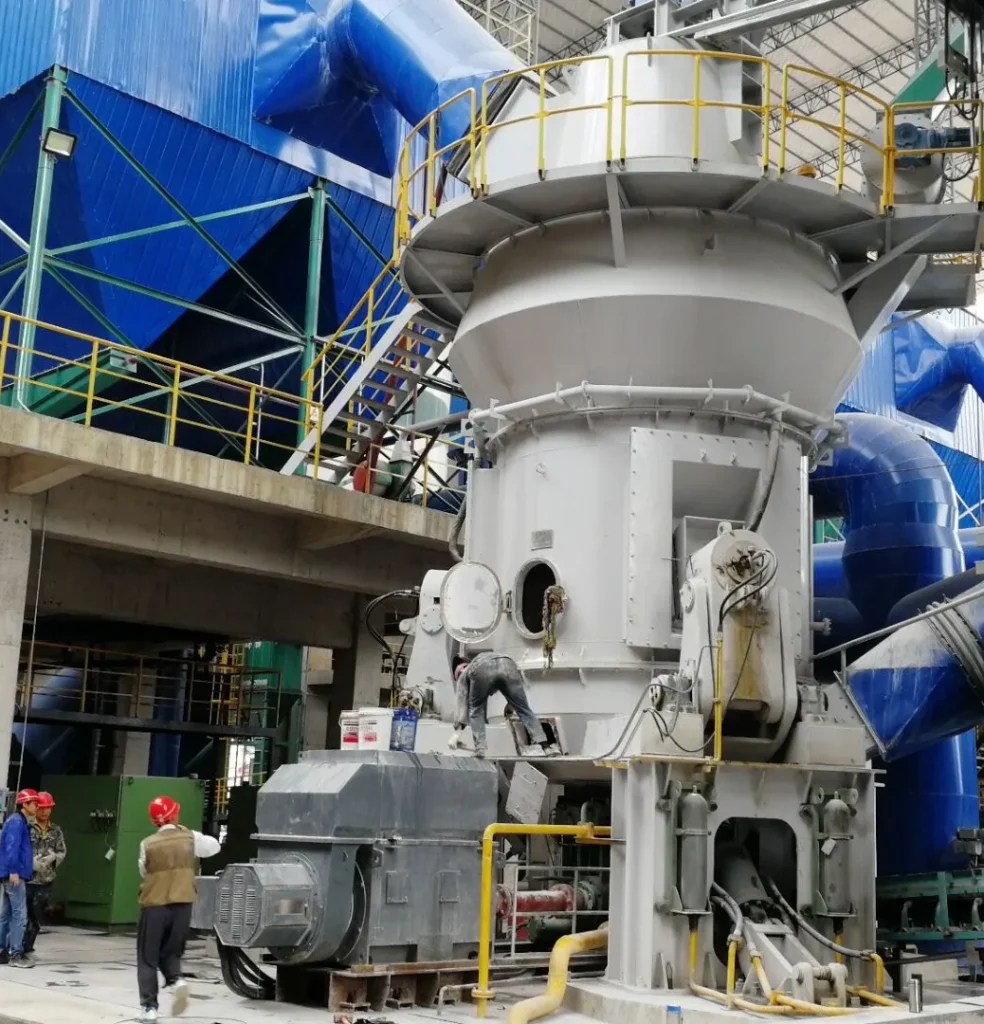

One machine, two jobs
A MACHINE YOU CAN DEPEND ON!
Tongli fly ash vertical mill is specially designed to process Class III and Class IV fly ash, and can increase its fineness to 400-500 mesh (37-25 microns). The unique hot air flow system can effectively reduce the unburned carbon content in fly ash from 15% to less than 3%, and increase the activity index of fly ash from 65% to more than 85%, significantly enhancing its effectiveness in concrete. performance
The vertical mill uses wear-resistant alloy lining plates to improve wear resistance. This innovative material extends the service life of the liner by 50%. Thanks to the improved wear resistance, the annual maintenance time is shortened to only 7 days, improving the operating efficiency of the equipment.
Using high-temperature oxidation at 800°C, the unburned carbon content of 12% can be reduced to less than 2%. For high-carbon fly ash (>15%), a decarbonization rate of 80-85% can be achieved, the fly ash activity can be improved, and the 7-day activity index can be increased by 15-20%. Improves color from dark gray to light gray, facilitating application in concrete
Tongli vertical mill is equipped with a high-precision online laser particle size analyzer to realize real-time monitoring of product fineness. The system can continuously measure the fineness of the powder, and the monitoring data is directly fed back to the control system to automatically adjust the mill parameters to control the product fineness deviation within ±100cm²/kg.
| Specification | TLZJ-1100H | TLZJ-1200H | TLZJ-1400H |
| 315 Powder | 11~13 | 12~14 | 14~16 |
| 2500 Powder | 6~7 | 7~8 | 8~9 |
| Main Motor Power | 220 KW | 250 KW | 280 KW |
| Number of Classifying Wheels | 5 | 7 | 7 |
| Energy Consumption (Main Motor, Fan, Classifier) | 28 | 29 | 30 |
QUALITY NEVER GOES OUT OF STYLE
The fly ash processed by a vertical mill can significantly improve the shrinkage performance of concrete. Compared to using products from a ball mill, fly ash treated with a vertical mill can reduce the drying shrinkage of concrete by 15-25%. The drying shrinkage rate after 28 days can be lowered from 0.04% to between 0.03% and 0.035%. This improvement is attributed to several factors: firstly, the particle size distribution of vertical mill products is more uniform, providing better filling effects and reducing the occurrence of shrinkage cracks. Secondly, the vertical mill treatment enhances the pozzolanic activity of fly ash, promoting the formation of hydration products and strengthening the internal structure.
Moreover, the vertical mill products typically require less water, allowing a reduction of 1-2% in mixing water, which in turn lowers the potential for shrinkage. Additionally, the treatment can decrease the carbon content of fly ash by 0.5-1.5%, reducing the adsorption of water-reducing agents, which is beneficial for shrinkage control. Enhanced shrinkage performance not only improves the volume stability of concrete but also reduces the risk of cracking, making it particularly suitable for large-volume concrete projects.
The fly ash vertical mill demonstrates excellent adaptability and can process both Class F and Class C fly ash. For Class F fly ash (SiO2 + Al2O3 + Fe2O3 > 70%), the vertical mill can increase its fineness to 350-450 m²/kg, with an enhancement of 30-50%. For Class C fly ash (SiO2 + Al2O3 + Fe2O3 > 50%), the vertical mill can increase fineness to 300-400 m²/kg while reducing free calcium content by 0.5-1%, due to its higher CaO content (generally > 20%). The high-temperature environment (100-120°C) of the vertical mill aids in the hydration of free calcium, which improves the stability of Class C fly ash.
Additionally, the vertical mill can effectively process blended fly ash, such as mixtures of Class F and Class C fly ash, and by adjusting process parameters, the performance of different components can be optimized.
The fly ash vertical mill exhibits good adaptability to the moisture content of raw materials. It can typically process fly ash with a moisture content of 15-20% without the need for additional drying. This capability is attributed to the internal hot air circulation system of the vertical mill, where the inlet temperature can reach 100-120°C, effectively evaporating moisture from the materials. For every 10°C increase in the inlet temperature, approximately 1% additional moisture can be handled. In contrast, ball mills usually require raw material moisture to be below 3%. This feature of the vertical mill significantly reduces raw material preprocessing costs, particularly when handling wet-collected or outdoor-stored fly ash, allowing savings of 50-70% on drying costs.
The primary chemical components of fly ash include silica (SiO2), alumina (Al2O3), and iron oxide (Fe2O3). According to ASTM C618 standards, Class F fly ash must have a content of SiO2 + Al2O3 + Fe2O3 no less than 70%, while Class C fly ash must have a content of no less than 50%. The typical composition of Class F fly ash is approximately: SiO2 52-62%, Al2O3 20-30%, and Fe2O3 3-10%. Class C fly ash has a higher CaO content, usually exceeding 20%. Additionally, fly ash contains small amounts of MgO (1-5%), SO3 (0.1-2%), and alkali metal oxides (1-5%). It is important to note that the specific composition of fly ash may vary slightly depending on the source of the coal and the combustion conditions, so chemical analysis is typically required before use.
The noise control performance of the fly ash vertical mill is superior to that of traditional ball mills. Under normal operating conditions, the noise level around the main unit of the vertical mill, at a distance of one meter, typically ranges from 85-90 dB(A), which is 10-15 dB(A) lower than that of a comparable ball mill. This is primarily due to the sealed design of the vertical mill and advanced soundproofing measures. For example, the use of double-layer soundproof covers can further reduce noise levels by 5-8 dB(A). Additionally, the vibrations of the vertical mill are minimal, usually controlled below 2-3 mm/s.
Using a fly ash vertical mill offers several operational advantages compared to traditional grinding methods like ball mills. Firstly, vertical mills are more energy-efficient, consuming less power for the same output due to their streamlined design and efficient grinding process. This efficiency translates into lower operating costs, making them economically advantageous for large-scale operations.
Secondly, vertical mills provide a continuous grinding process, allowing for higher throughput and better productivity. This is particularly beneficial in industries where a consistent supply of processed fly ash is required. The vertical mill’s ability to handle varying moisture contents without the need for extensive drying also reduces preprocessing times and costs, enhancing the overall production efficiency.
Lastly, vertical mills produce finer and more uniform particle sizes, improving the quality of the fly ash and its performance in concrete applications. This consistency is crucial for achieving desired concrete properties, such as strength and durability. Overall, the operational advantages of a fly ash vertical mill contribute to improved efficiency, reduced costs, and enhanced product quality in concrete production.
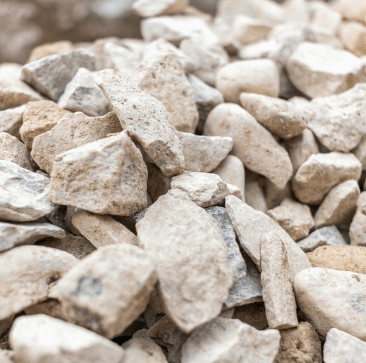
Coal ash, a by-product of coal combustion, is ground efficiently by vertical mills for use in construction and cement production, handling varying particle sizes and chemical compositions.

Fly ash, produced from coal combustion, is finely ground in vertical mills, ensuring uniformity for concrete and cement production. It processes varying particle sizes and chemical compositions.
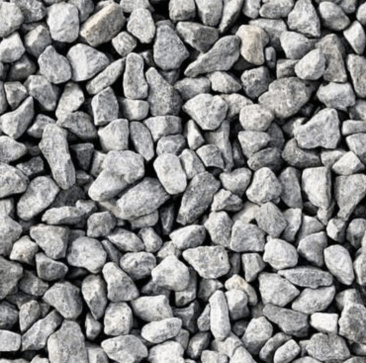
Slag powder, a by-product of blast furnace operations, is efficiently processed in vertical mills. The mill’s design allows for consistent grinding of materials with varying moisture and fineness.
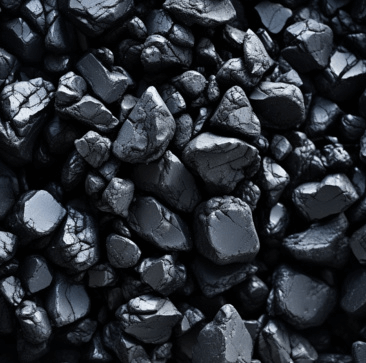
Cement clinker is ground efficiently in vertical mills, achieving the desired particle size for high-quality cement. The mill handles different mineral compositions while reducing energy consumption.
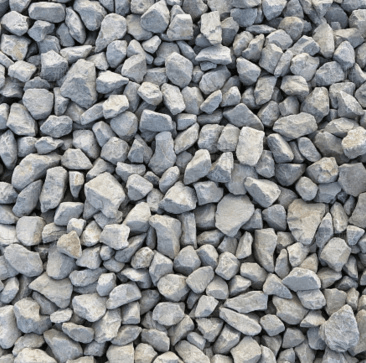
Limestone, used in cement production, is finely ground by vertical mills. These mills adapt to various grades and particle sizes, ensuring high-quality output for cement, fillers, and agriculture.

Clay is ground by vertical mills with varying moisture content and hardness, ensuring uniform particle size distribution. This makes it suitable for cement production, ceramics, and bricks.
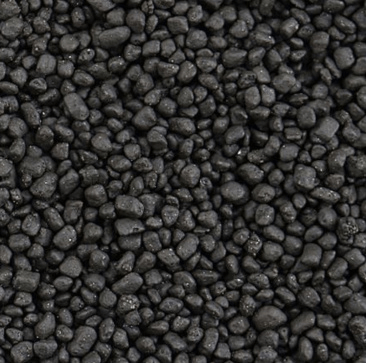
Dolomite, used in cement and steel production, is efficiently processed in vertical mills. The mills handle varying particle sizes and ensure consistent fineness, enhancing material performance.
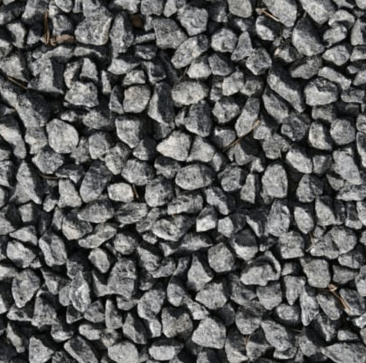
Gypsum, used in cement and as fertilizer, is finely ground in vertical mills. These mills handle varying moisture levels, ensuring consistency and improving performance in cement production.
You can get in touch with us through the following contact information
AddressNo. 2289 Huancheng South Road, Tongxiang, Jiaxing, Zhejiang Province, China. Zip code:314500
Please fill in the sales inquiry form and our sales representatives will be in touch shortly.